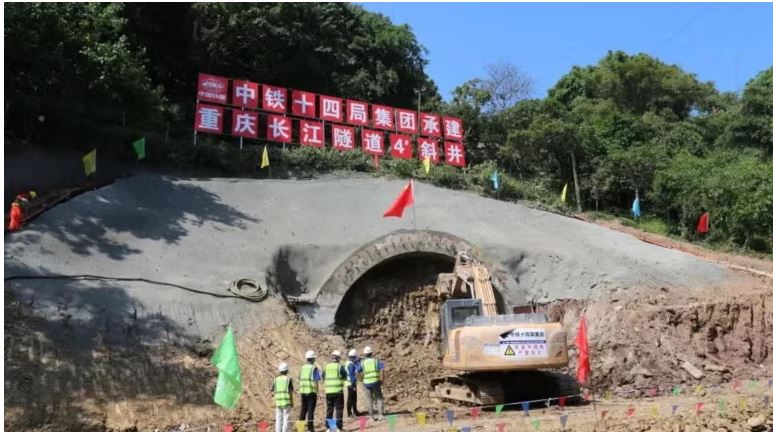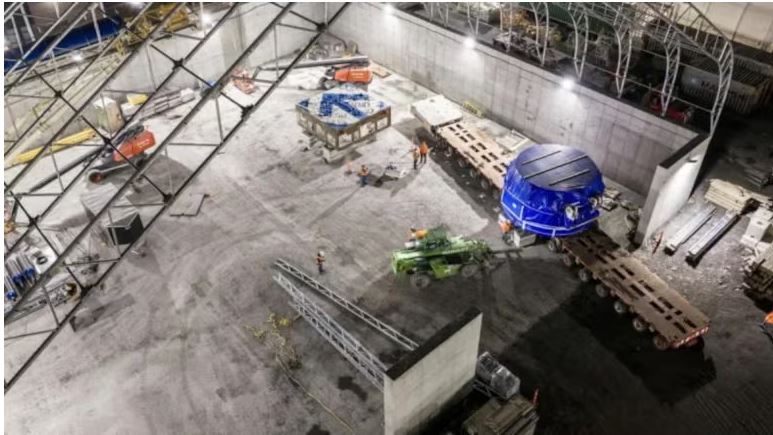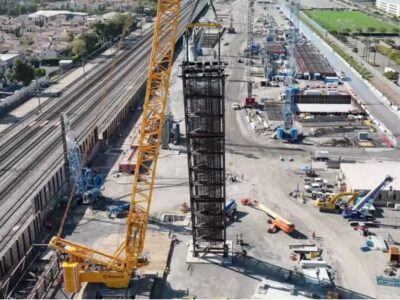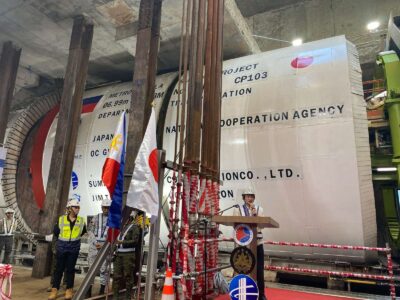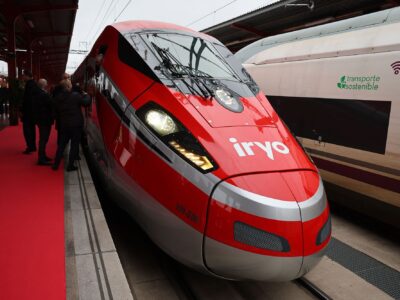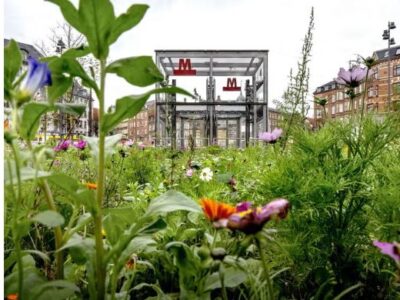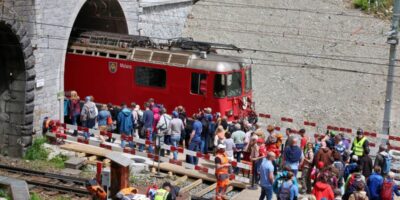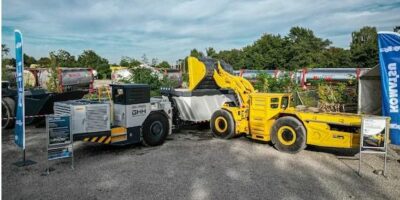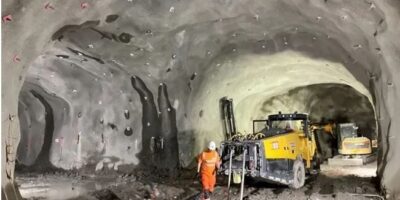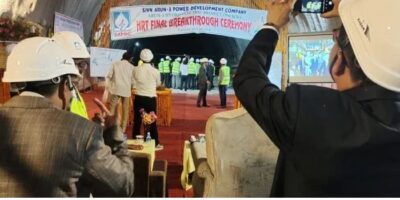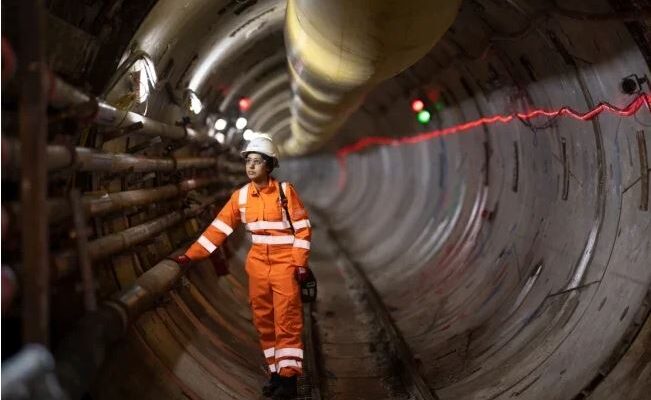
Among six new electricity transmission circuits on National Grid’s London Powers Tunnel 2 (LPT2) project the first of them has been switched on.
Following visit of energy minister Michael Shanks from LPT2, engineers energised 2.5km of new high voltage 275kV network between Hurst substation and Crayford and completing of the tunnel with an average overburden of 35m, was up to TBM Christine last year.
In order to rewiring south London via underground tunnels, London Power Tunnels was launched wich is a £1bn and seven-year project. Carrying high voltage electricity cables, 32.5km of 3m-diameter tunnels has been constructed between Wimbledon in south-west London and Crayford in the south-east. The date of completing phase 1 of the project was between 2011 and 2018, and it carried the cable circuits north of the River Thames, whereas the new network is due to be fully operational in 2027.
Construction of the new network was done using four TBMs and the final breakthrough was made by TBM Grace in autumn last year.
As a key site at which work is ongoing on the project’s two other double circuits, one between Wimbledon substation and New Cross (12km), the other between New Cross and Hurst (18km), New Cross substation was visited by Shanks.
Using SF6-free gas insulated switchgear technology as firts time in UK, the 32.5km LPT2 route is a new substation at Bengeworth Road is under construction.
The previous cables between Hurst and Crayford, commissioned in 1967, were reaching the end of their operational life. While the old cables were buried in shallower trenches in the streets, the LPT2 network carries power in 3m-wide tunnels beneath the road network, with vertical shafts between 9-15m wide and up to 55m deep sitting above the tunnels at key points, each one covered by a headhouse.
The headhouses and shafts provide ventilation and access for project teams.
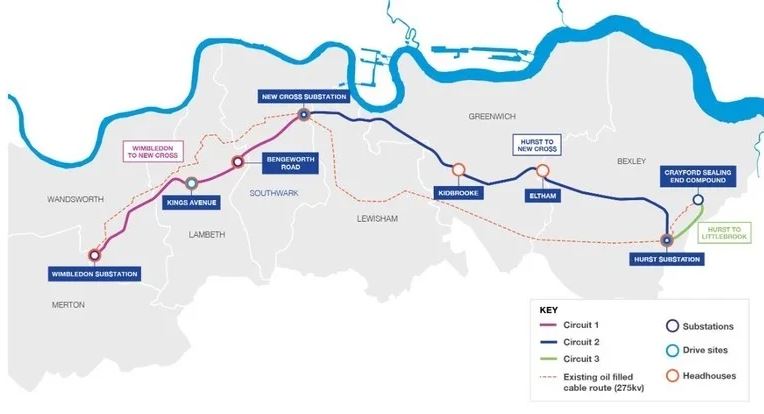
According to National Grid Electricity Transmission president Alice Delahunty: “There was still a way to go on the project, but the Hurst-Crayford circuit being switched on was a tremendous achievement for the National Grid teams and supply chain partners.It’s hard to overstate what an engineering challenge it has been to build over 30km of tunnels under London to upgrade and futureproof the capital’s electricity supplies, so the project’s progress to date is a real testament to all those involved.”
In order to advancing the project on schedule and within budget, National Grid has worked closely with supply chain partners since the project commenced in 2020.
Project partners include Hochtief-Murphy Joint Venture (HMJV) on the tunnels, shafts, headhouses, mechanical and electrical works; Taihan and Balfour Beatty on cable supply and installation respectively; and Linxon on substation works.
“HMJV and its supply chain was proud to have played a key part, delivering the complexities of the tunnels, shafts, headhouses and M&E infrastructure as well as supporting the wider enterprise. The ingenuity and drive of our teams coupled with our ‘One Team, One Spirit’ approach continues to demonstrate our commitment to delivering our client’s desired outcomes whilst leaving a positive legacy – and we look forward to continuing this on the remaining circuits on the project,” said HMJV project director Raj Kundan.


